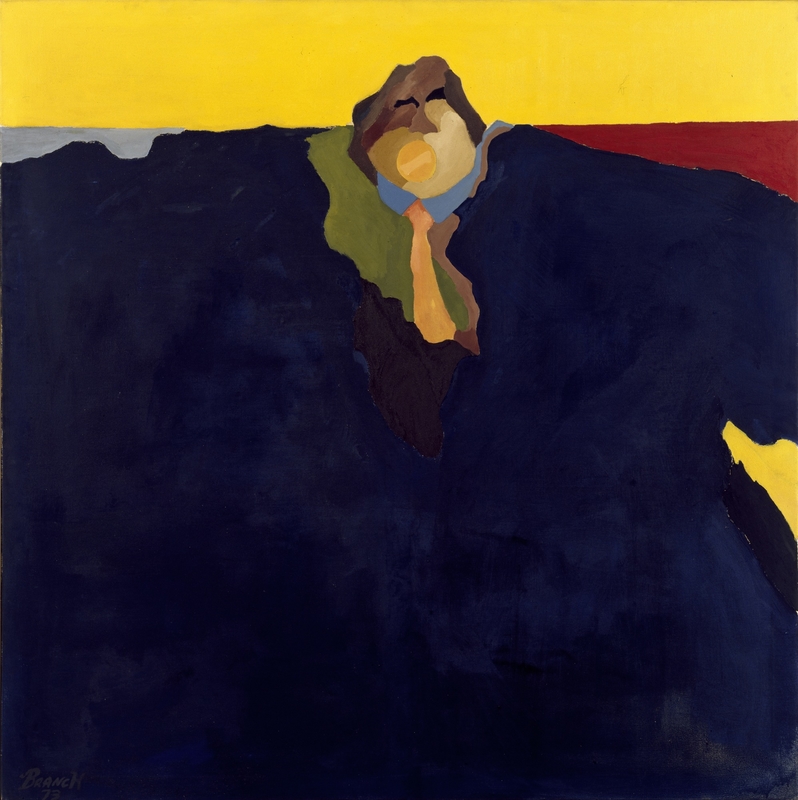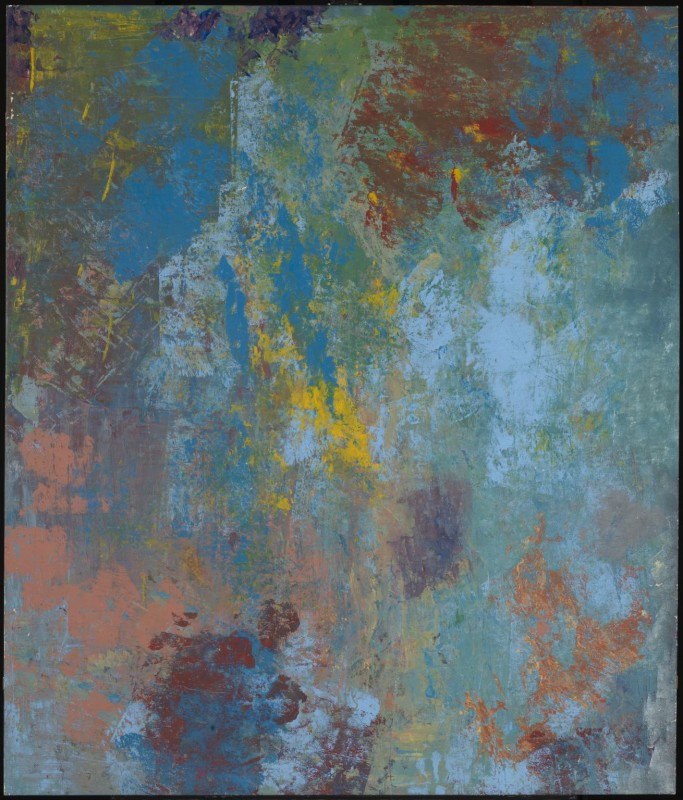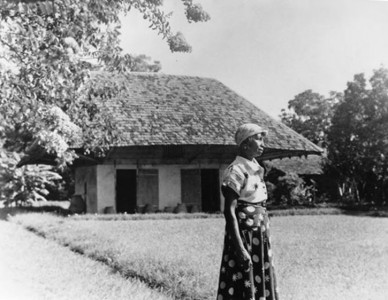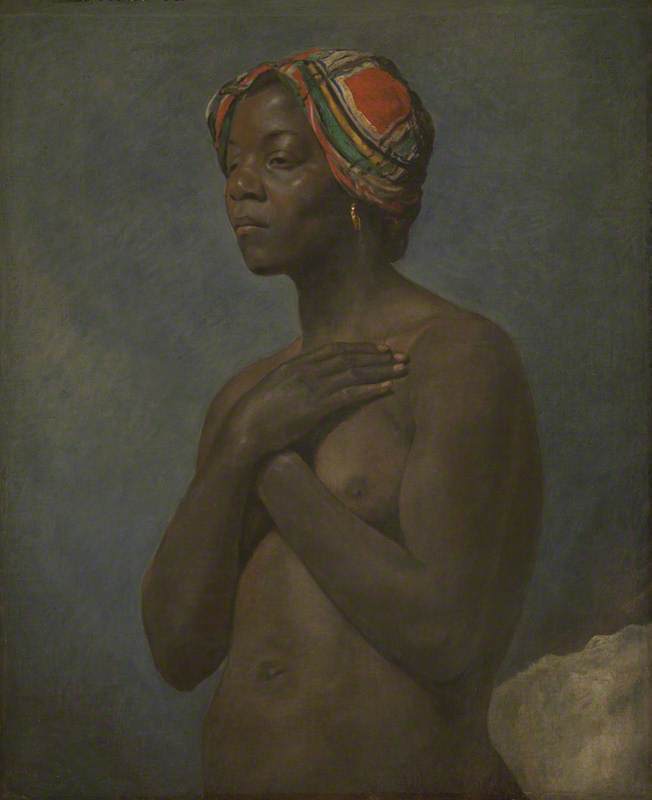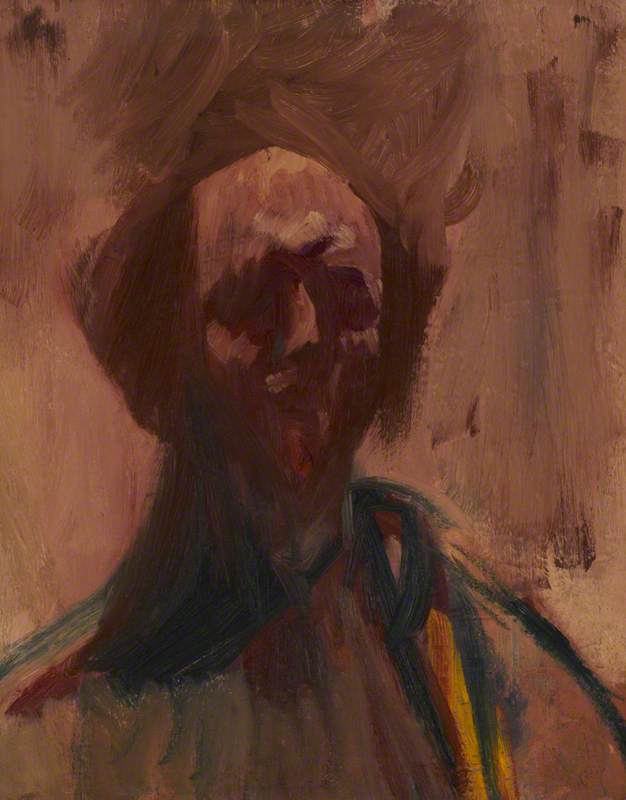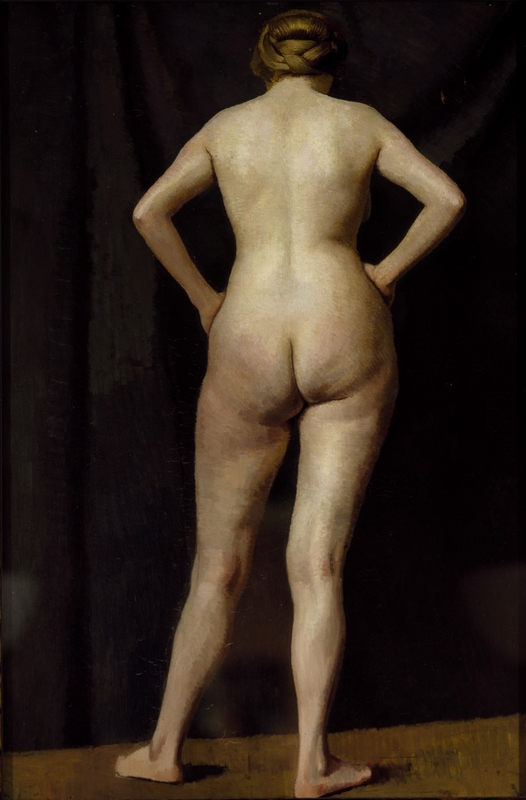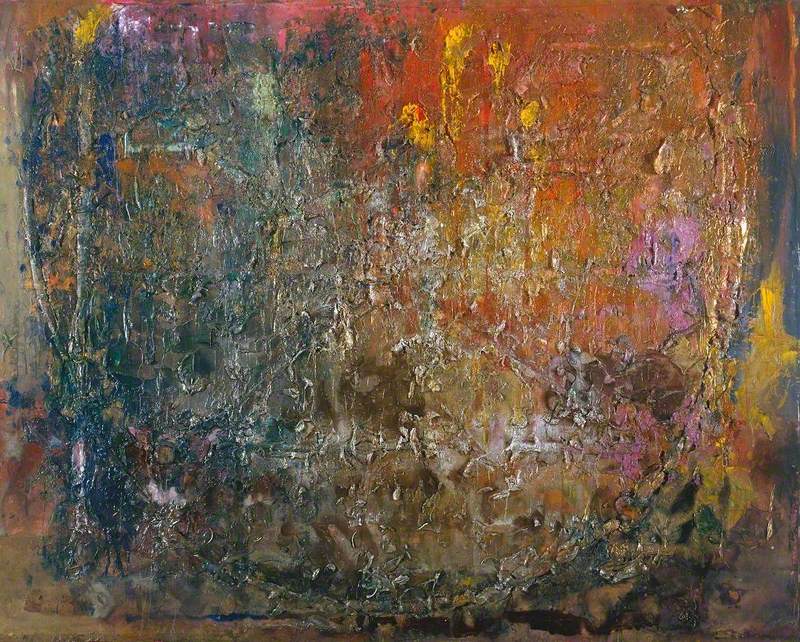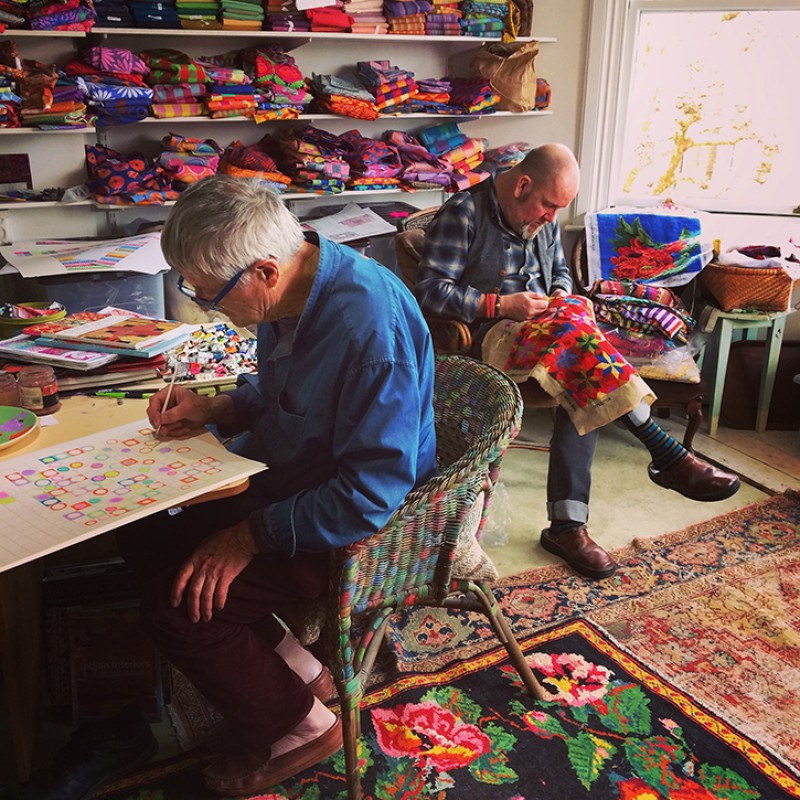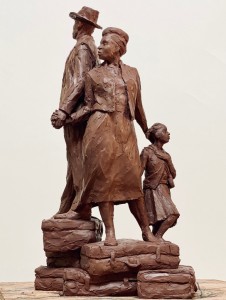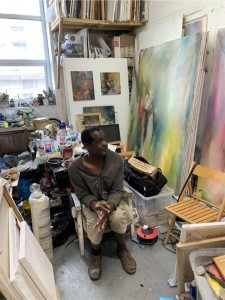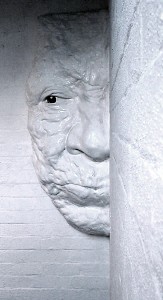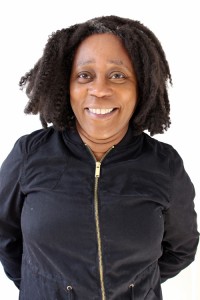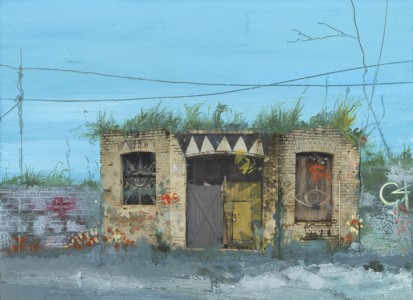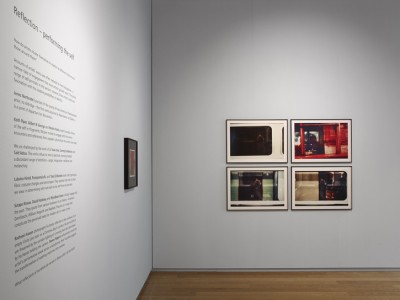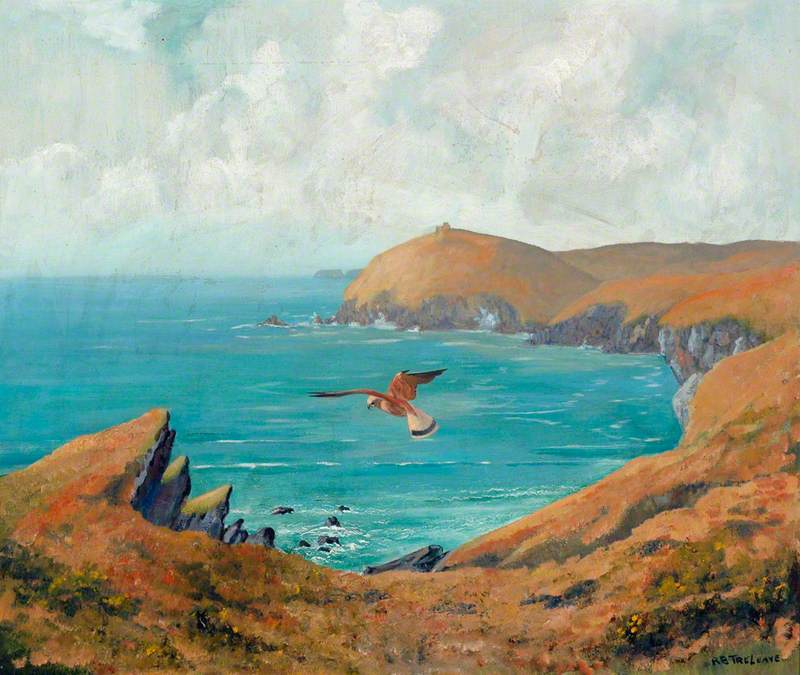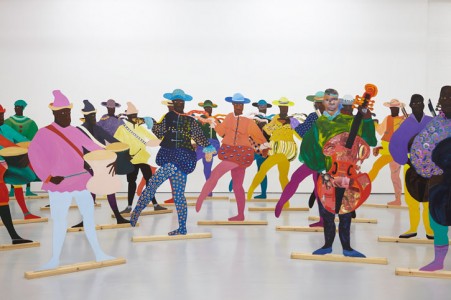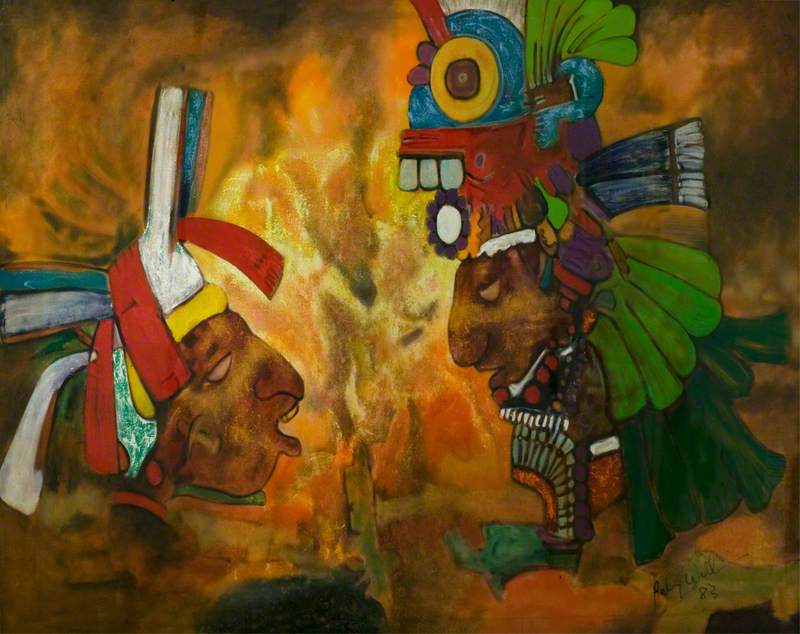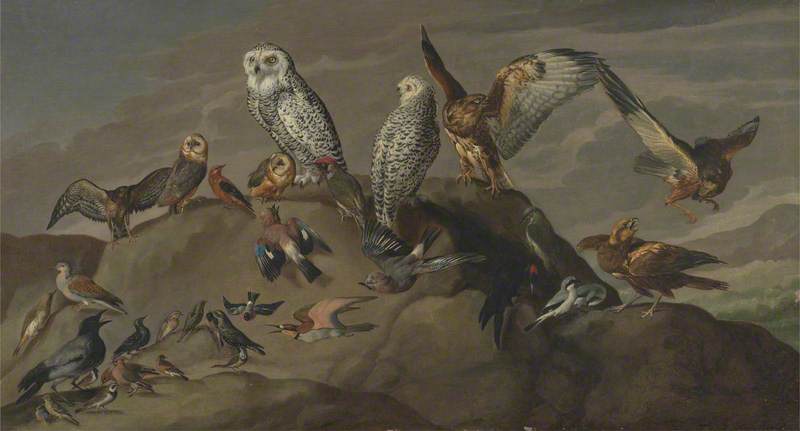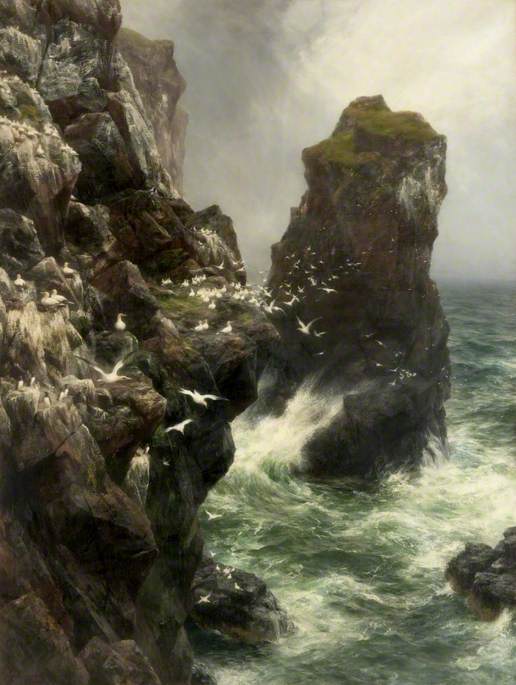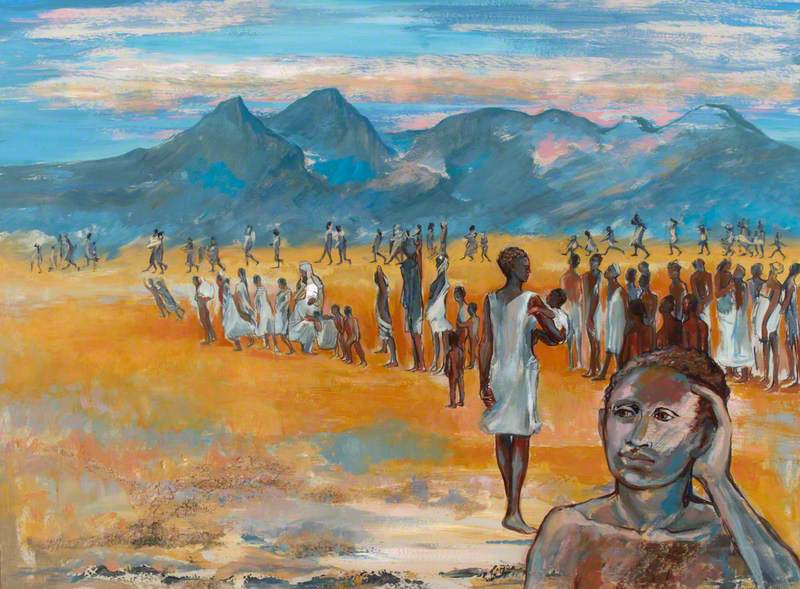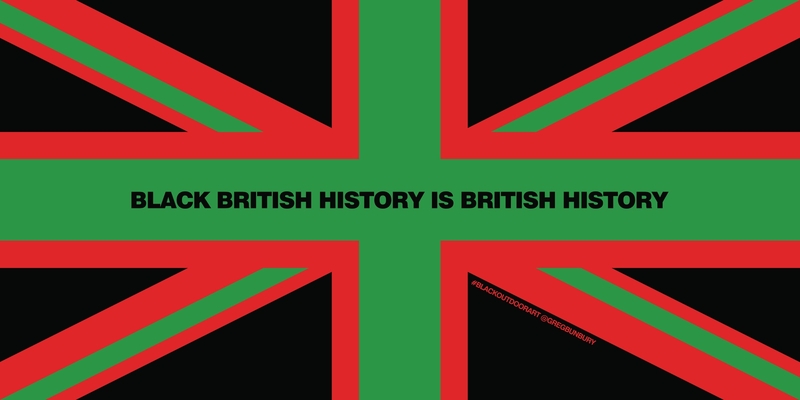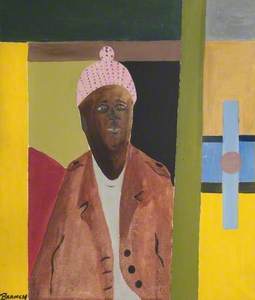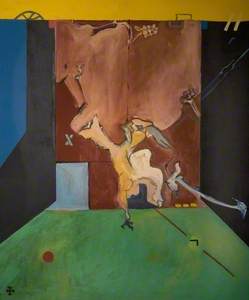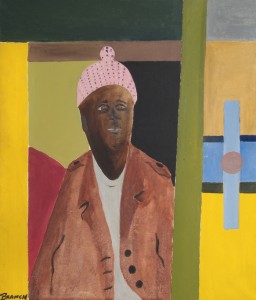Winston Branch has been working non-stop since he graduated from the Slade in 1970, producing works that are now in the collections of the V&A, the British Museum, the Brooklyn Museum and, most recently, Tate.
Winston Branch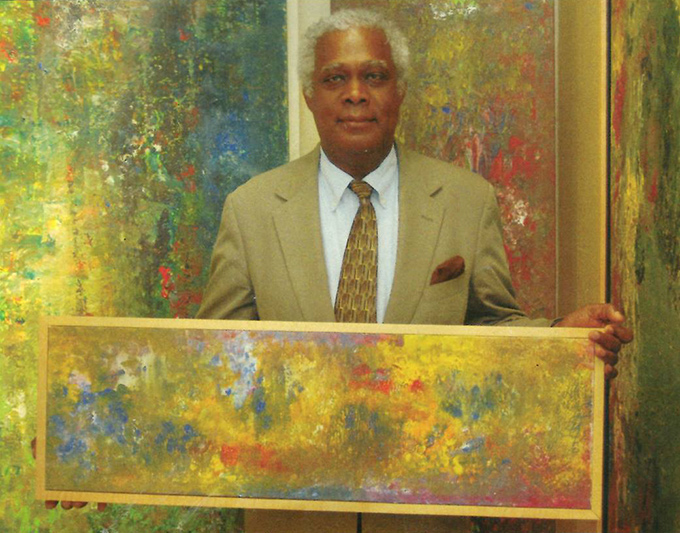
Art UK was the 2018 Museum Partner for the London Art Fair. Curator Kathleen Soriano brought together works from the nation's public art collections chosen by five artists along their chosen themes. Sonia Boyce selected Winston's work West Indian to be exhibited under her theme, drawing inspiration from Rasheed Araeen's painting Boo/69.
Not one for slowing down, Winston is still making art in his London studio, having spent his life living and working across the world.
I never was part of the world of art, I was on my own, trying to build an empire of Winston Branch.
You've been working non-stop since you went to art school in the 1960s. What do you feel has changed?
Lots of things have changed because my life has changed. It has not been static, but has been concentrated on the fact that I have kept true to my faith which is to keep painting. I did the occasional graphic work, like designing a few record covers, where it helped subsidise my income, but I have always been true to my craft.
It seems you knew what you wanted from the moment you went to art school, and have been pursuing that for your whole career.
Absolutely. Once I got into the Slade, once I crossed that threshold, my life changed. I was 19 years old, and I was not looking back. It was the home of British art, and that was why I wanted to go there. Following Sickert, Bomberg, you know. Great women painters came out of there too, like Dora Carrington.
After graduating from the Slade, you moved around a lot and lived in numerous different places – London, Amsterdam, Berlin, the USA. What was the reason for that?
Before I graduated from the Slade I had made a kind of plan, to always travel, so I always got myself invited to some exhibition or something in the summers, so I would be away. I wasn't very special, I just took opportunities to show off my work.
They say if you stand still, the moss will grow on your feet and you'll go nowhere. My moving about came from opportunities – I have an inquisitive mind, I'm gregarious, and I love travel. I like openness. I think if you have an open mind, you absorb and you excel. As you travel, your appetite grows: you meet different people, you have different experiences, and grab opportunities.
Did you encounter different art movements and ideas in those countries?
Of course! I did not encounter Cubism or Surrealism, canons that have made twentieth-century art. But I met young painters who had similar empathy to my work. And you change, you're questioning the aestheticism of what you're doing. And I think that, what was important for me, was to have that genesis of different influences.
It's interesting that Sonia's chosen West Indian, and it's been included in other shows before. Even though you have largely moved away from figurative work, is this a piece people find a connection with?
I suppose, to a degree, because there have been so few black images in modern art, that anything with a black face is embraced. But I don't play that game, because Velázquez painted black people. Rembrandt painted black people. And Rubens, of course. But when I painted the man with a cap, it was not because I was black and he was black. It was because, when I saw this image – or these images, really – I thought, 'that would be good to do'.
What was the image that you saw?
The painting came about as a kind of reflection of a journey I did in Hamburg. And it's very interesting to think about, living in a turbulent time of immigrants, and migration. I went with a friend on a Friday, and I saw all these young black men, handsome, beautiful, kind of semi-drunk, at the train station. And they were huddled together. And I asked my friend, 'why are these black people, where are they going and why are they drunk?', and they said 'well, they are kind of having a nostalgic epiphany, of going back home.' And I said 'but there are no boats, at the train station, and they come from Africa. And they can't possibly go to Africa on a train.' And they said 'well, you know, I don't know, that's where they congregate.'
I went away, and I didn't think anything more of it. And I came back to London, and I was painting my paintings, and I decided to kind of – revisit what I had seen. And that's why it was in the construct of the painting – it looks like someone entering into station doors.
Because it was one of the young men at the train station?
Kind of, yeah. I do not know him, I saw them at a distance, then I came back and did this painting. And I called it Bahnhof. And my dear friend who made the purchase of this painting said no, we're not calling it Bahnhof, we're calling it West Indian. And I didn't want to quibble about the title, because to me it doesn't make any difference.
But since then you've largely made abstract work?
Yes, well that was in 1973. My work became non-representational in 1977.
I had done a series of Ju Ju Birds, purchased by Norbert Lynton, arts editor for the Guardian. He later became head of the Arts Council. He was a member of the contemporary arts society, and he purchased the painting, which is now in Coventry. And then I did a series of paintings, and they were shown in New York.
It's a painting that looks like a trilogy. That was the turning point from my figuration to my abstraction. And from there I moved even further afield, deconstructing the architectonic structure, and I made looser abstraction, which is what I do now.
And that's what you've been doing ever since?
I guess so! I stopped working in oils a long time ago, because it's not healthy for you. It's romantic, but not good for your health. I use acrylic, which oxidises quicker, and gets me to the point where I want to be.
The painting [of mine] the Tate has just acquired is done with acrylic. It has travelled immensely – it went to Jersey, then Ecuador, Santa Domingo, New York. And the reason the Tate bought that was because they wanted an early work. Life is very strange. You start off at one point, and go right round and end up back where you started. That painting has gone all around the world and come back. It will be hanging at some point in the Tate Britain. You never know where you'll end up – that's why you have to make the most of every moment.
It took me 47 years to get into the Tate gallery. But I didn't have to get into the Tate gallery. It's a privilege. And they could have bought the painting when I was dead. But I'm glad they bought it when I was alive.
Are you in touch with any of your British contemporaries?
Well, yes and no. I mean, I never was part of the world of art, I was on my own, trying to build an empire of Winston Branch. So not really.
You're still working every day?
Of course! Is the Pope Catholic?
How different is it painting now and making work than when you were younger?
I don't think it's changed in the aspiration.
I get up, I have coffee, I check my internet: my discipline is rather altered, because we live in a more technological world. I spend so many hours a day working, and the rest I go and try and hawk my wares, which means socialising. I don't have a romantic view of waiting for someone to discover me, you have to discover yourself. You have to do the work and you have to get it out there – the work does not do itself. If you're waiting to be discovered, you're waiting forever.
Molly Tresadern, Art UK Content Creator and Marketer
Winston Branch's work was on display at the London Art Fair as part of Art UK's exhibition 'Art of the Nation: Five Artists Choose' from 17th to 21st January 2018.
